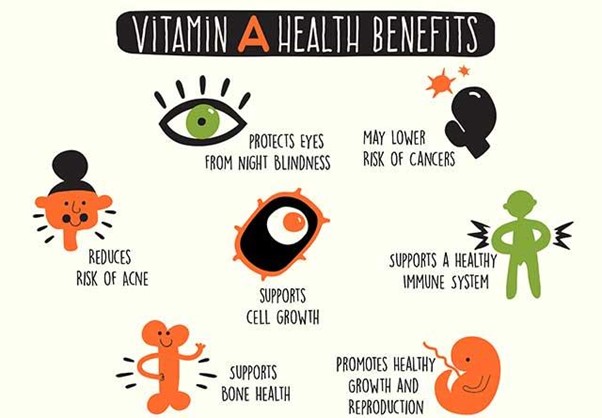A client who has a body mass index (BMI) of 30 is requesting information on the initial approach to a weight loss plan. Which action should the nurse recommend?
Plan low carbohydrate and high protein meals.
Engage in strenuous activity for an hour daily.
Participate in a group exercise class 3 times a week.
Keep a record of food and drinks consumed daily.
The Correct Answer is D
Choice A
Planning low carbohydrate and high protein meals is not recommended. While meal planning is important for weight loss, focusing solely on low carbohydrate and high protein meals may not be the most balanced or sustainable approach. It's essential to consider a variety of nutrients and food groups in the diet.
Choice B
Engaging in strenuous activity for an hour daily is not recommended. Jumping into strenuous activity for an hour daily might not be realistic or safe for everyone, especially for someone who is just starting their weight loss journey. A more gradual increase in physical activity is often recommended.
Choice C
Participating in a group exercise class 3 times a week is not recommended. Group exercise classes can be beneficial, but they may not address the whole spectrum of weight loss factors. Additionally, starting with three times a week might be challenging for someone new to exercise.
Choice D
Keep a record of food and drinks consumed daily is recommended. When helping a client with a BMI of 30 (which falls within the obese range) start a weight loss plan, keeping a record of food and drinks consumed daily can be an effective initial approach. This approach is often referred to as "food journaling" or "food tracking." It involves writing down everything the client eats and drinks throughout the day. This practice can help raise awareness of eating habits, identify patterns, and uncover areas where changes can be made to reduce calorie intake.
Nursing Test Bank
Naxlex Comprehensive Predictor Exams
Related Questions
Correct Answer is C
Explanation
Choice A
"The bruises on my arms are all gone." This statement is incorrect. Bruising can be influenced by various factors, including platelet levels and clotting factors, but it is not a specific sign of Vitamin A deficiency.
Choice B
"My feet don't tingle like they used to. “This statement is incorrect. Tingling feet might be related to nerve function or circulation, but it is not a direct symptom of Vitamin A deficiency.
Choice C
"I can see at night when I wake up now. “This statement is correct. Vitamin A is essential for maintaining good vision, especially in low-light conditions. Deficiency of Vitamin A can lead to a condition called night blindness, where individuals have difficulty seeing in low light. Therefore, the statement "I can see at night when I wake up now" (option C) indicates that an adequate amount of Vitamin A is being provided.
Choice D
"My tummy seems so much smaller now. “This statement is incorrect. Changes in tummy size are not typically related to Vitamin A deficiency. Vitamin A deficiency is more closely associated with symptoms related to vision and immune function.

Correct Answer is D
Explanation
Choice A
Planning low carbohydrate and high protein meals is not recommended. While meal planning is important for weight loss, focusing solely on low carbohydrate and high protein meals may not be the most balanced or sustainable approach. It's essential to consider a variety of nutrients and food groups in the diet.
Choice B
Engaging in strenuous activity for an hour daily is not recommended. Jumping into strenuous activity for an hour daily might not be realistic or safe for everyone, especially for someone who is just starting their weight loss journey. A more gradual increase in physical activity is often recommended.
Choice C
Participating in a group exercise class 3 times a week is not recommended. Group exercise classes can be beneficial, but they may not address the whole spectrum of weight loss factors. Additionally, starting with three times a week might be challenging for someone new to exercise.
Choice D
Keep a record of food and drinks consumed daily is recommended. When helping a client with a BMI of 30 (which falls within the obese range) start a weight loss plan, keeping a record of food and drinks consumed daily can be an effective initial approach. This approach is often referred to as "food journaling" or "food tracking." It involves writing down everything the client eats and drinks throughout the day. This practice can help raise awareness of eating habits, identify patterns, and uncover areas where changes can be made to reduce calorie intake.
Whether you are a student looking to ace your exams or a practicing nurse seeking to enhance your expertise , our nursing education contents will empower you with the confidence and competence to make a difference in the lives of patients and become a respected leader in the healthcare field.
Visit Naxlex, invest in your future and unlock endless possibilities with our unparalleled nursing education contents today
Report Wrong Answer on the Current Question
Do you disagree with the answer? If yes, what is your expected answer? Explain.
Kindly be descriptive with the issue you are facing.
